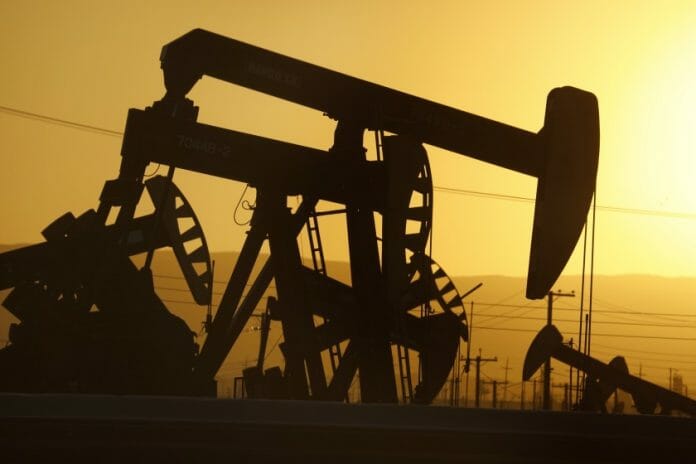Fitch Solutions has upgraded its oil price forecastfor the month. It now forecast Brent crude to average USD72/bbl andUSD73/bbl in 2022 and 2023, respectively, up from USD67/bbl and USD68/bbl previously. It expects prices to
enter the new year at around the USD80/bbl mark, supported by the ongoing recovery in oil demand, continued
constraints on supply and spillovers from the broader energy crisis.
The macroeconomic backdrop has become somewhat less supportive, as the post-pandemic recovery slows and high
energy prices, labour shortages and supply chain disruptions sap the momentum behind growth. However, Brent has so far shrugged off broader market pressures and will likely find continued support from inflation hedging and the bullish fundamentals for oil. From 2022, market conditions will become more challenging, as demand growth decelerates and OPEC+, the US and potentially Iran ratchet up large production gains, tipping the market back into oversupply. We expect prices to relapse during H122, with the glut taking several years to work off in full.
The global economic recovery is flagging and Fitch economists have revised down their global real GDP growth forecast for 2021 from 5.9% to 5.5%, reflecting downward growth revisions in both developed and emerging markets, including China and the US. Supply chains have been disrupted for several quarters and have bled through from higher prices into slower industrial activity and weaker corporate earnings. Inflationary pressures remain firmly in play and have already triggered rate hikes in a number of markets, largely EMs. Its economists expect that inflation will abate during H122 as base effects fade, supply chains are debottlenecked and energy prices retreat. However, the risks to the outlook are skewed to the upside and should inflation prover stickier than we expect, it would likely weigh on growth.
Growth prospects are currently strong, although high frequency data would suggest that that peak of the recovery has now been passed, and our economists forecast global GDP to expand by 4.2% and 3.2% in 2022 and 2023, respectively
Strong economic expansion will support above-trend growth in the demand for oil. Following a 5.5% increase in 2021, Ftich forecast consumption to rise by a further 4.2% in 2022 and 2.5% in 2023. Much of the demand that was lost due to the pandemic has since been recovered and our data show consumption rising above its pre-pandemic highs on anannual average basis next year.
The broader fuels basket has returned to around its pre-pandemic levels and the impetus behind demand is shifting
from post-pandemic normalisation to organic growth. Increasingly, this will skew consumption away from developed and towards emerging markets, as structural demand declines set in, eroding consumption in the former. While Covid-19 will continue to be an important factor driving the trends in global consumption, its influence is waning. As vaccination rates rise, and populations grow increasingly fatigued by lockdowns, governments are tending to react less forcefully to new outbreaks of the coronavirus, opting for softer and more targeted containment measures. As such, while the spread of new variants will pose lingering risk to demand over 2022 and 2023, the risks are generally fading.
Asian markets have tended to impose more rigid restrictions in response to renewed outbreaks, which has weighed
heavily on oil consumption over 2021. From next year, Fitch anticipate that Asia will be a more dominant driver of
demand, as vaccination rates rise and governments ease up on their zero-tolerance approach to containment. Growth will also become more diversified, shifting away from the US and China, which have together accounted for half of the global growth in demand this year. More diversified growth should be more robust to renewed shocks from the coronavirus.
For OPEC-10 as a whole, it forecast output to reach 105% of its 2019 levels by 2023, driven principally by growth in Saudi Arabia, the UAE, Kuwait and Iraq. Growth could exceed these levels, given that Saudi Arabia will continue to produce significantly below its maximum sustainable capacity, according to our forecast. In light of the large expected oversupply and consequent price weakness, we expect the kingdom will continue to exercise production restraint next year, to help stabilise the market. Production increases beyond our forecast would erode the country’s strategically vital spare capacity and would likely exacerbate the downturn in Brent, undercutting revenues.
.









